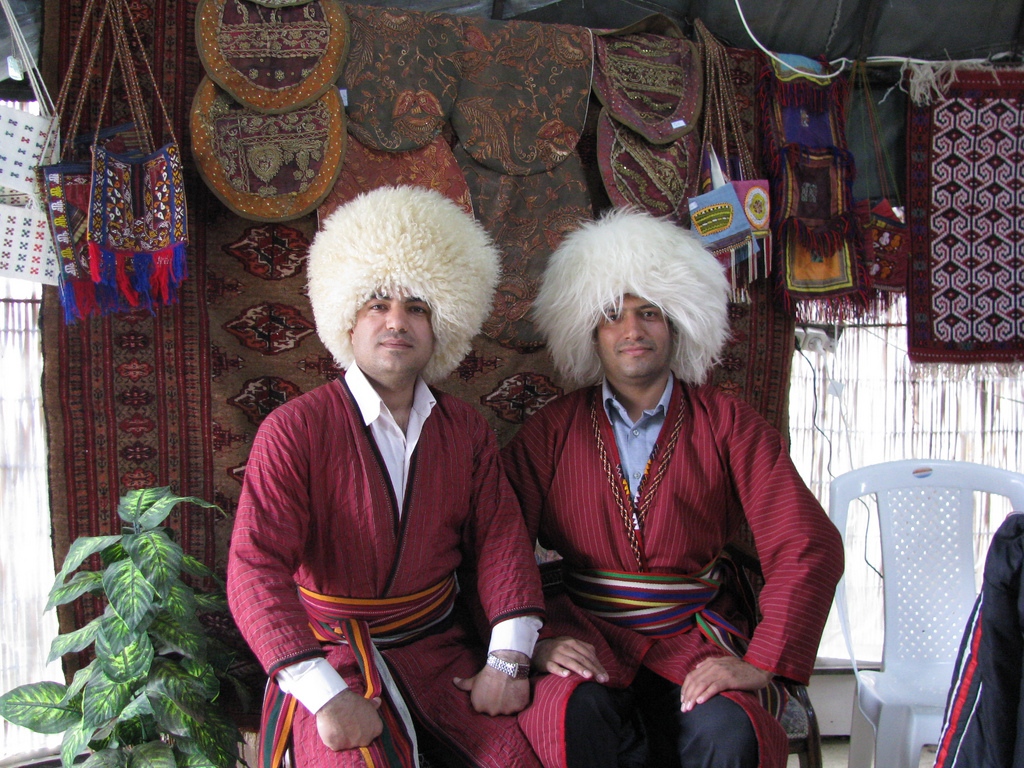Turkmens in Raz and Jargalan, a county in North Khorasan Province, celebrate Eid al-Adha, regionally called ‘Qurban Bayrami’, one of two major Islamic holidays, with a ceremony called ‘Chapati’.
Qurban Bayrami is celebrated for four days in total, from Dhul-Hajjah 8 (this year: October 3) to Dhul-Hajjah 12. Dusting, washing and cleaning are among the welcoming practices of Turkmens as the ceremonial days of Qurban approach.
The head of the hawza ‘ilmiyya for Sunnis in the Raz and Jagalan County explained that the special ceremony to celebrate Eid-al-Adha starts from 10th of Dhul-Hajjah and continues to 12th. People dress in their best outfits and visit the elders during the three days, ISNA quoted him saying.
On 8th of Dhul-Hajjah, the Turkmens have a ceremony called “Ees”, which means fragrance, believing they need to fill the house with the fragrance of bread when baking it for the ceremony, the cleric Galdi Kamal added.
On the Day of Arafah (also called The Day of Repentance), 9th of Dhu-al-Hijjah, all families in Raz and Jargalan bake traditional breads and distribute them among neighbors in a ritualistic ceremony called ‘Chapati’, Kamali explained.
A night prior to Eid al-Adha, family members bathe and wear new clothes; the custom is called “Qurban Shur”, meaning bathing for ‘Qurban’ which is the Persian title for Eid al-Adha. To sacrifice an animal is ‘faridah’(a religious duty commanded by Allah: Wajib) to those who do not have any debt or are not considered poor.
On the day of Eid, following the morning prayers, people go to each others’ houses to greet the neighbors and congratulate them. Each family with a faridah needs to have a sheep for the Eid sacrifice. The meat is cooked and distributed, Kamali explained.
Sometimes two or more families join in to be able to afford an animal – a sheep, bull or camel – for the sacrifice. The chosen animal is fed and nurtured well on its final days of life.
Even the most financially hard up people observe the ritual by beheading a fowl or a turkey.
The meat of the sacrificed animal is divided into three portions: one for the poor, one for guests, and one for the family. Married daughters of the families and daughter-in-laws go to visit their own families in these three days and help to cook the meat.


